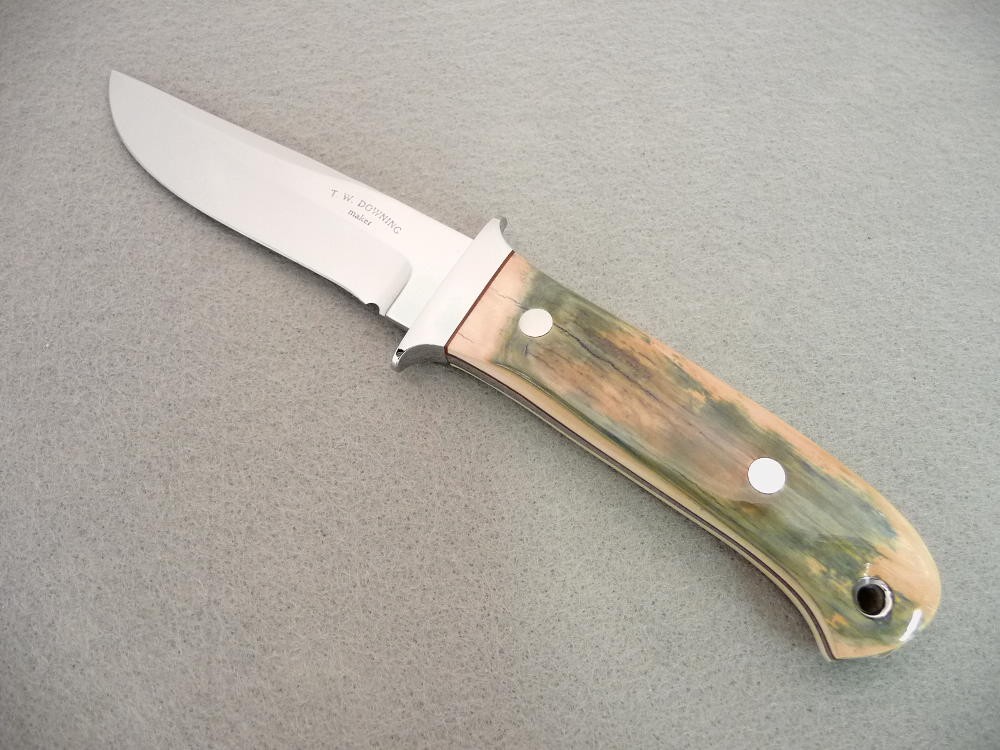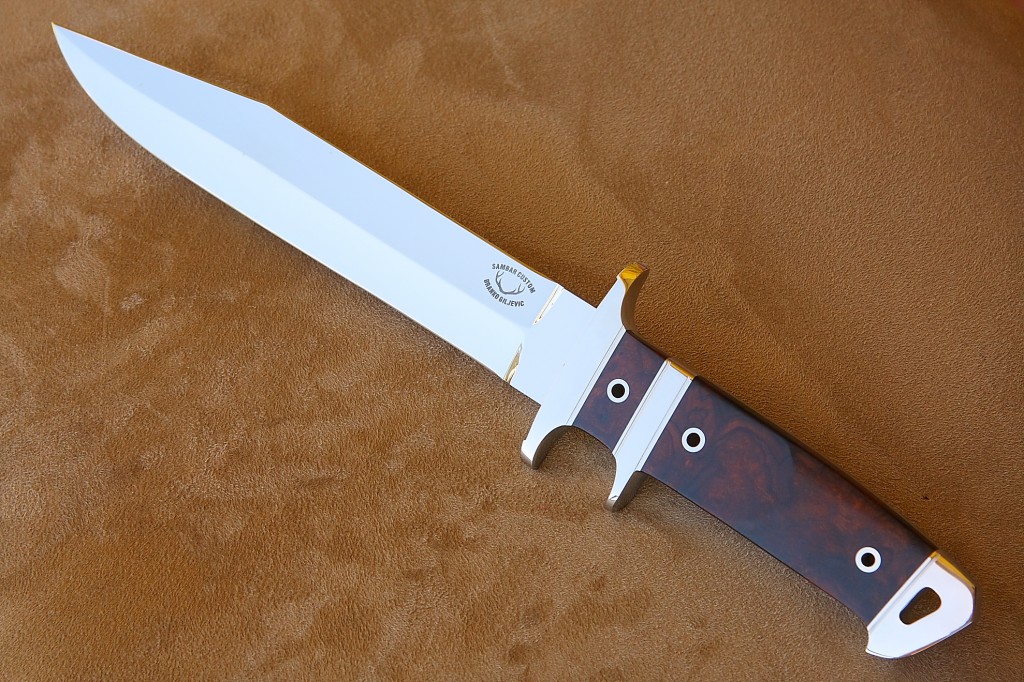
Back in April 2011, I wrote a blog post about rare or exotic knife handles with a few materials.
In the ensuing seven years (I’ve been at this a long time), I’ve encountered a ton of interesting handle materials, so I thought it’d be cool to go back and update this post.
I was originally inspired by an interesting feature about exotic knife handle materials and how the U.S. Fish & Wildlife Service regulates the importation of certain material published in the May 2011 issue of BLADE magazine. In the piece, the author mentioned some exotic material I didn’t know was used for handles. Upon more research, I found that there are a lot of exotic or rare knife handle materials used by custom makers.
Although you probably shouldn’t go hunt an endangered animals for any reason (since it is very illegal), I thought I’d make a list of the most exotic and rare knife handle materials on the market.
(Also, be aware that some of this material is banned, so it requires careful documentation that proves it was made before it was banned or the whole knife could be confiscated.)
This isn’t a list of the rarest material but just some interesting materials you may not have known was used to make knives (along with some cool pictures).
Let me know in the comments if there are any others that should be added to the list.
Giraffe Bone

Stabilized Giraffe Bone Hunter from Behring Made
While this material is not necessarily rare since it pretty much dominates the bone handle material market, it’s definitely exotic.
Most of the giraffe bone material is imported from South Africa. You need permits and must have certificates of origination with most of this material or it could be confiscated.
I’m not sure how they get all of the giraffe bone, but the majority is found simply roaming around and finding carcasses leftover from lion attacks.
Mammoth Ivory & Teeth

For anyone who doesn’t know what a mammoth is, it’s an extinct genus of animals that are the relative of modern elephants. While there are variations, like the famed woolly mammoth, the typical mammoth was similar to the modern elephant except much bigger.
Since they are extinct, the supply of mammoth tusk is fairly limited and the knife handles that are made out of the material are expensive. Some people think that instead of sitting in a boring old museum forever, 11,000-year-old mammoth tusks should be used for cool knives. There are still an estimated 10 million buried mammoths, so it could be much more common if someone were interested in excavating the frozen tundra of Siberia.




